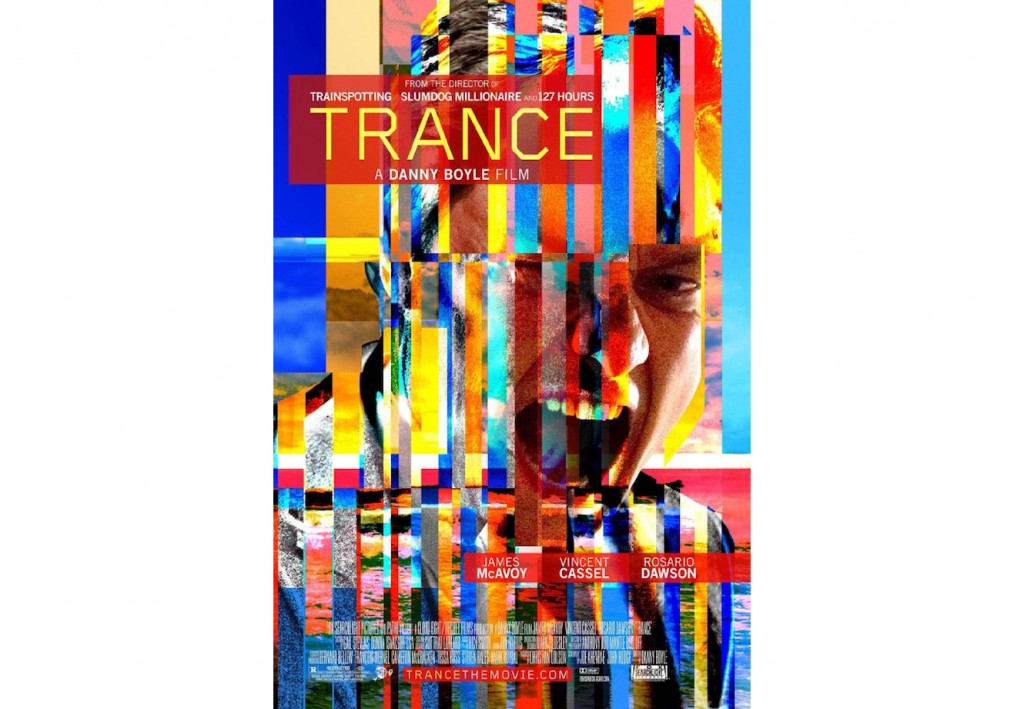
Having become well-known for a number of artistic masterpieces, director Danny Boyle may not seem suited for blockbuster filmmaking. However, his new film “Trance” puts that notion to rest.
“Trance” tells the story of Simon (James McAvoy), an art auctioneer who, along with his gri-tty and messy entourage, pulls off a heist on the first day of an expensive art auction. However, a brutal head trauma causes him to forget the location of the painting. Because he — and only he — knows where the painting is hidden, the painting’s location is lost deep in the space of Simon’s mind. The only hope of retrieving this information is through hypnosis.
Boyle gives this heavy material a charismatically indie feel, and leads an outstanding cast to some fantastic performan-ces. “Trance” is an artistic film, but it’s also a mind-bending thriller — a trippy, charming and ultimately satisfying escapade ambiguously played out like the hypnosis it revolves around.
Much of the movie revolves around McAvoy, who has impressed in films like “X-Men: First Class” and “Atonement.” But Simon is not the only character we delve into, as we also meet the deeply enigmatic hypnotist Elizabeth (Rosario Dawson) and gritty heist leader Franck (Vincent Cassel). Rotating and sorting through their greed, guilt and sex-filled past, these three characters feed off each other in ways that few films can pull off.
Oscar-winning cinematographer Anthony Dod Mantle lives up to the stunning, high-caliber visuals he so artfully crafted in “Slumdog Millionaire” and “127 Hours.” He leaves room for interpretation with his signature technique of capturing the characters through windows and their own reflections. Stages of reality and hypnosis are cunningly blurred, providing one example of the film’s impressive editing.
Many will find that “Trance” deviates from Boyle’s previous track record and delves into storytelling territory reminiscent of “Inception.” Although its scale is not as vast, “Trance” churns out a catharsis-themed world inside the mind. The writers, Joe Ahearne and John Hodge, ask important questions about the mind, particularly about what it forgets and what it tends to replace.
“Trance” is a hidden gem of a thriller because, most importantly, it leaves you to think for yourself. Great art leaves room for interpretation. Boyle knows this, and his illustration of complex characters caught up in a sticky, unusual situation through a unique method is stunning, clever and charming. “Trance” genuinely confuses and challenges the viewer — a very rare accomplishment in the movie landscape of today.
A version of this article appeared in the Thursday, April 4 print edition. Ishan Seth is a contributing writer. Email him at [email protected].






















































































































































